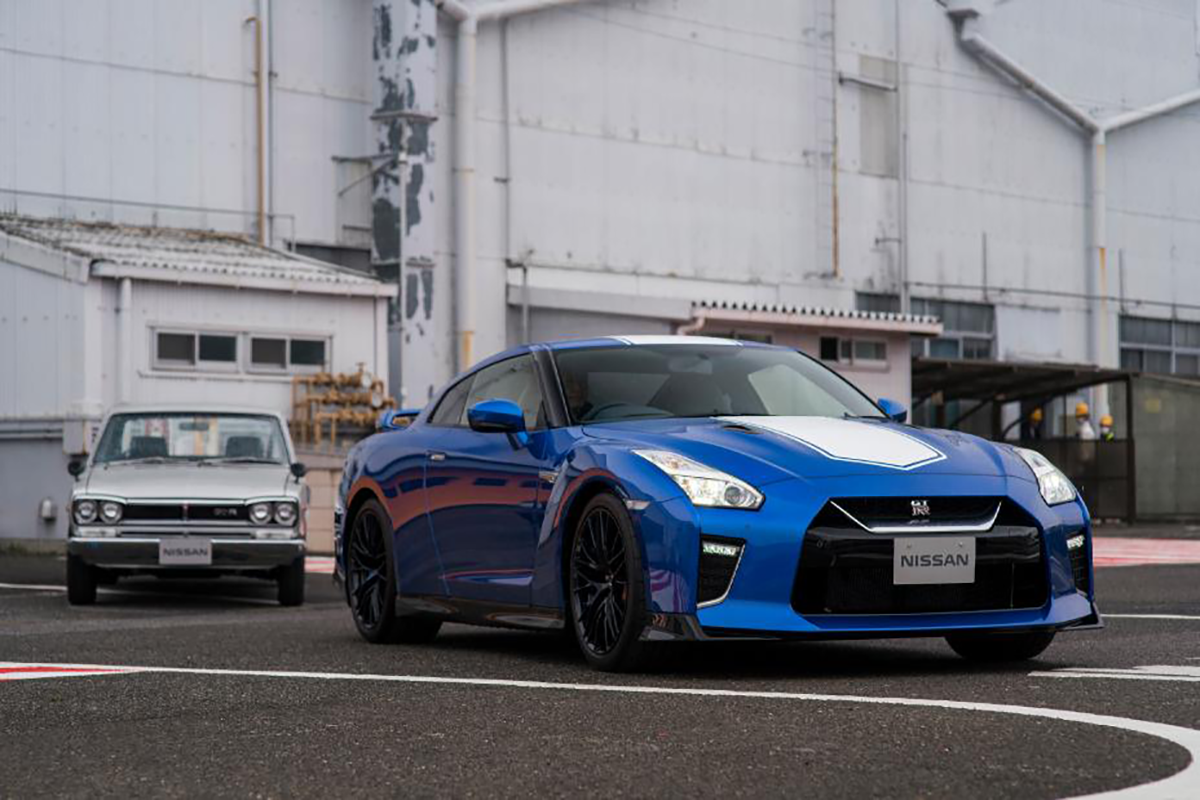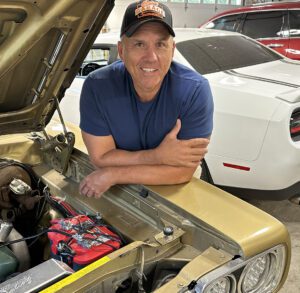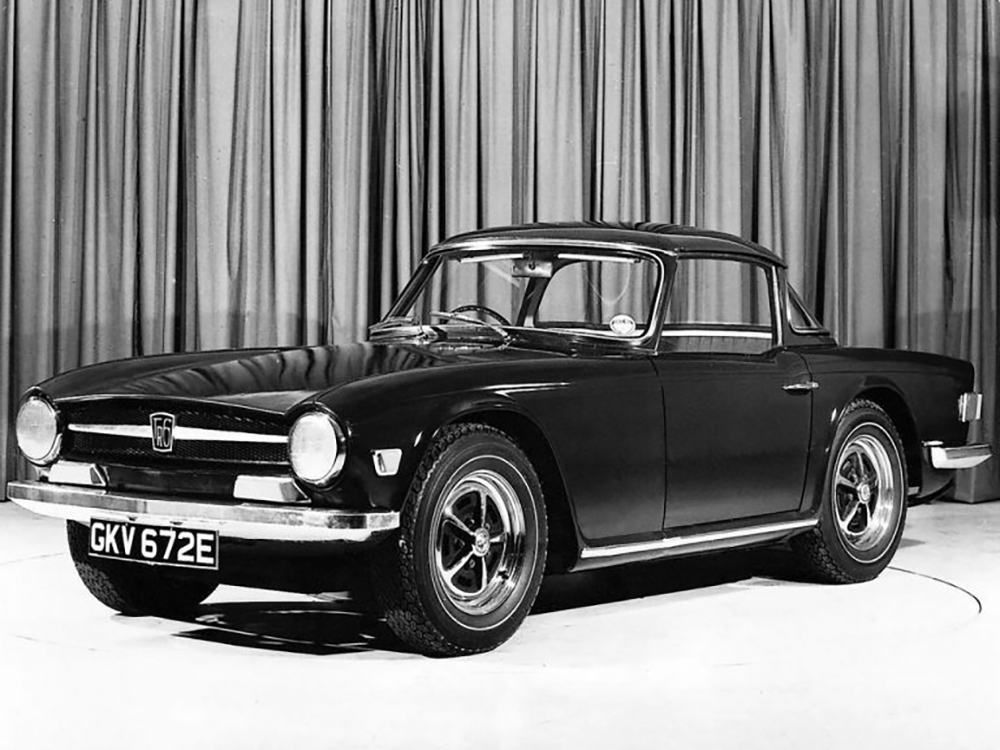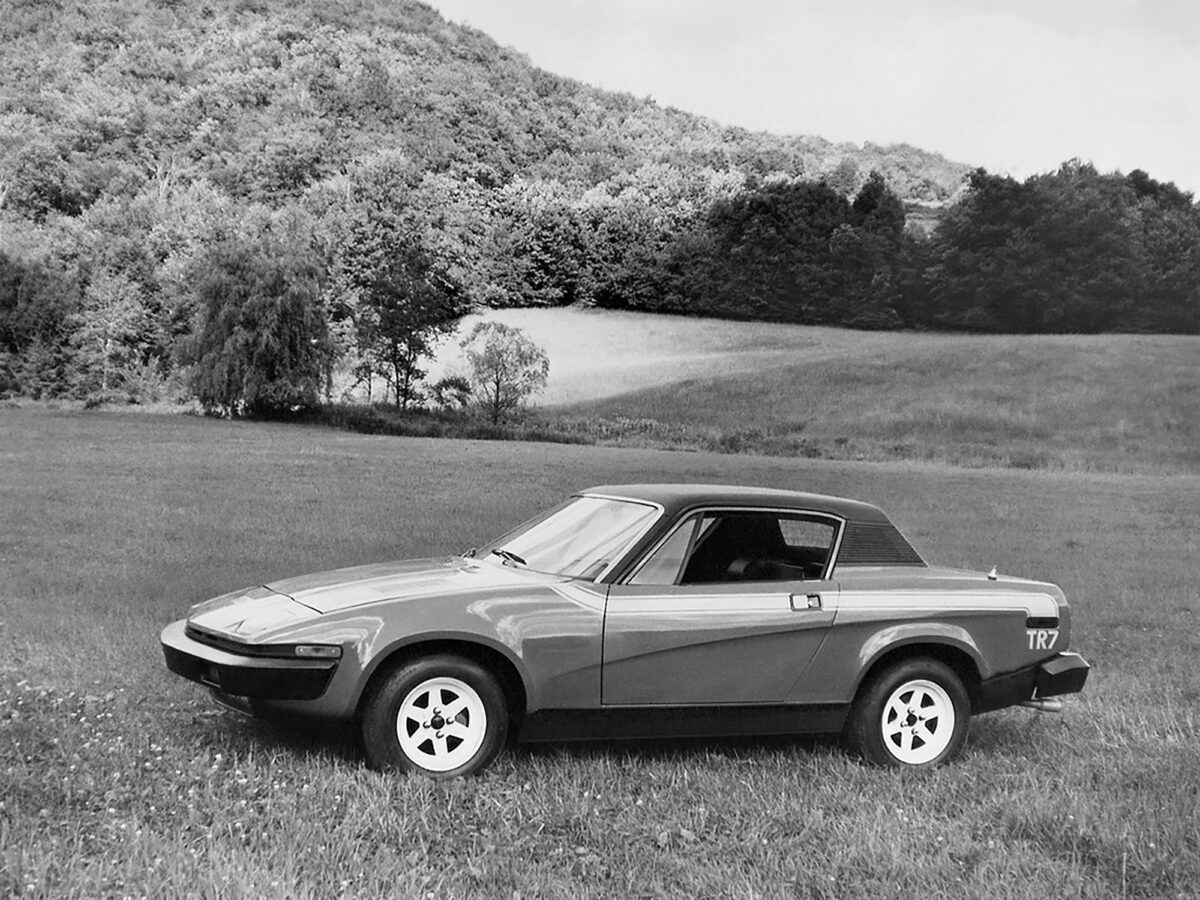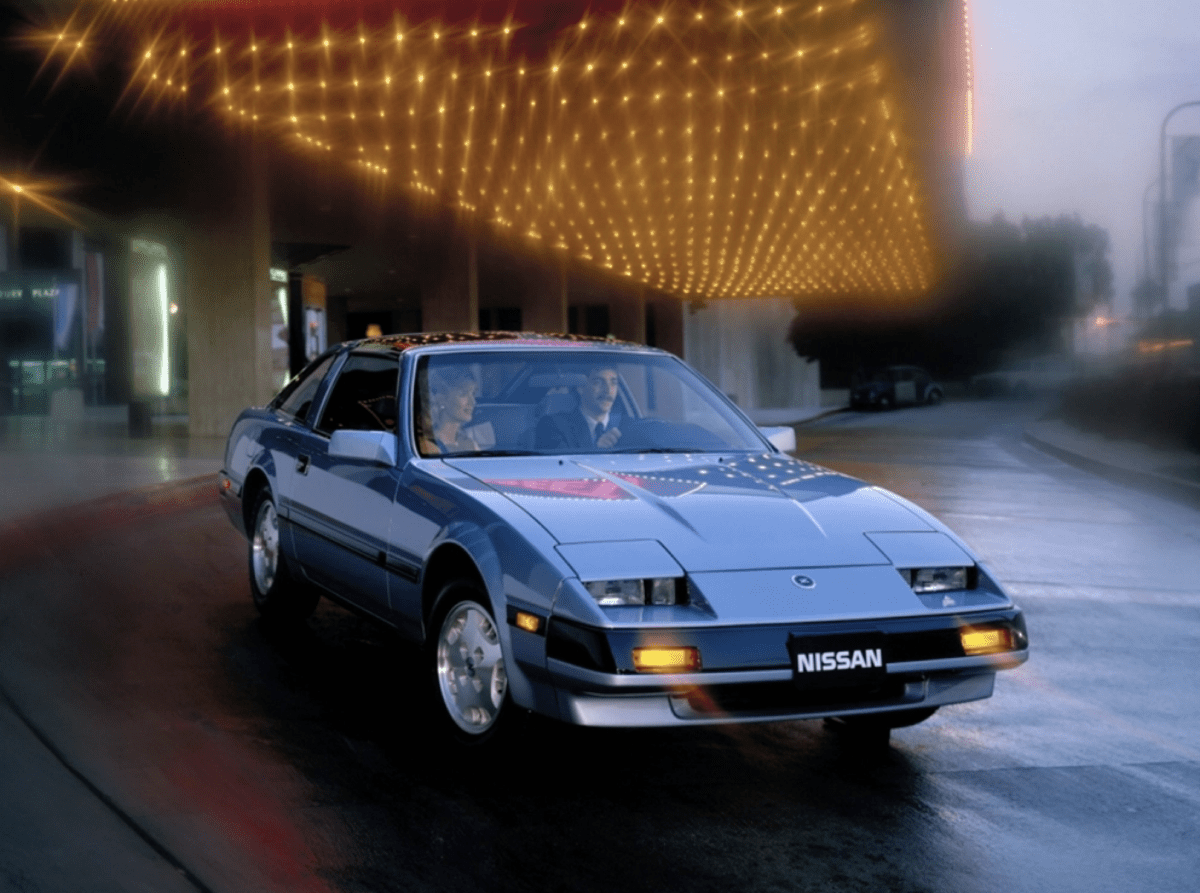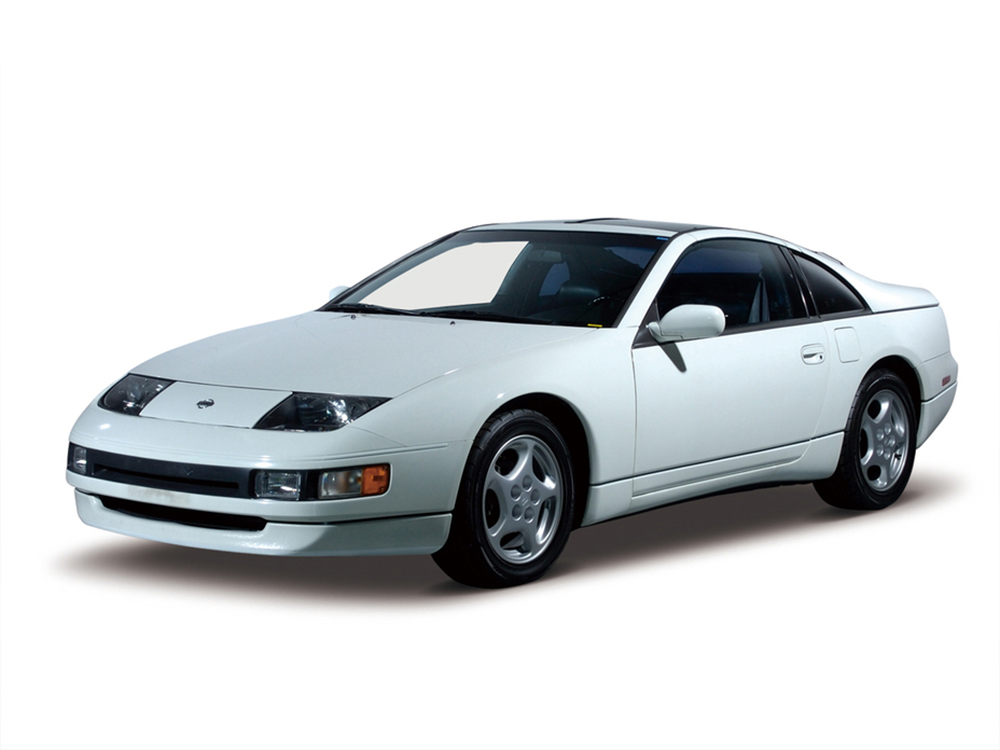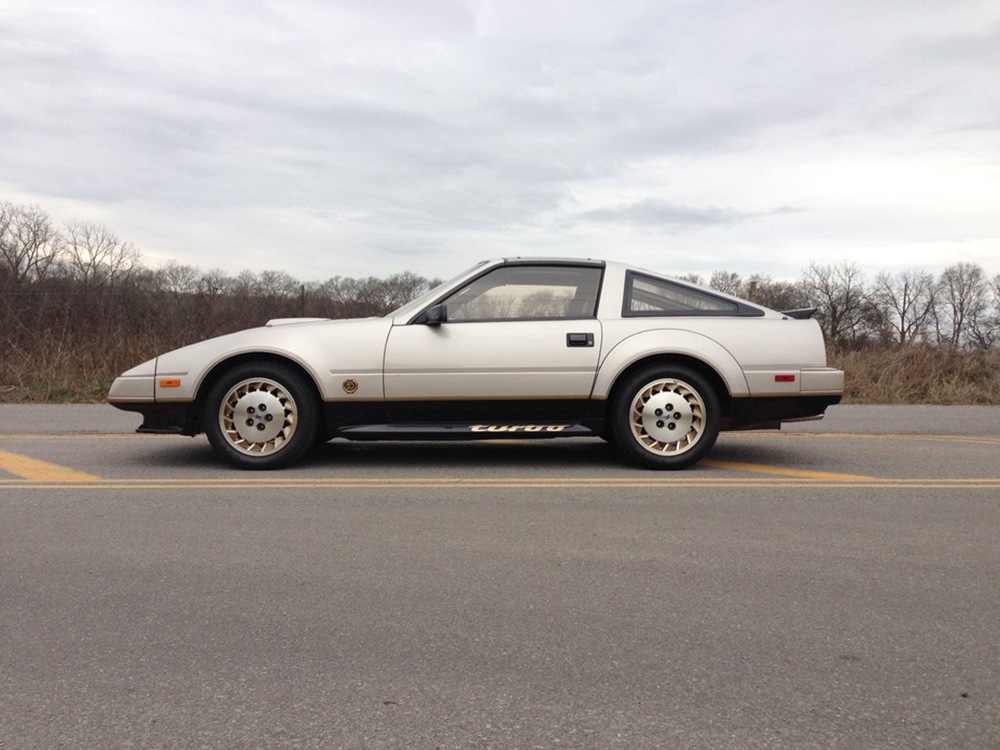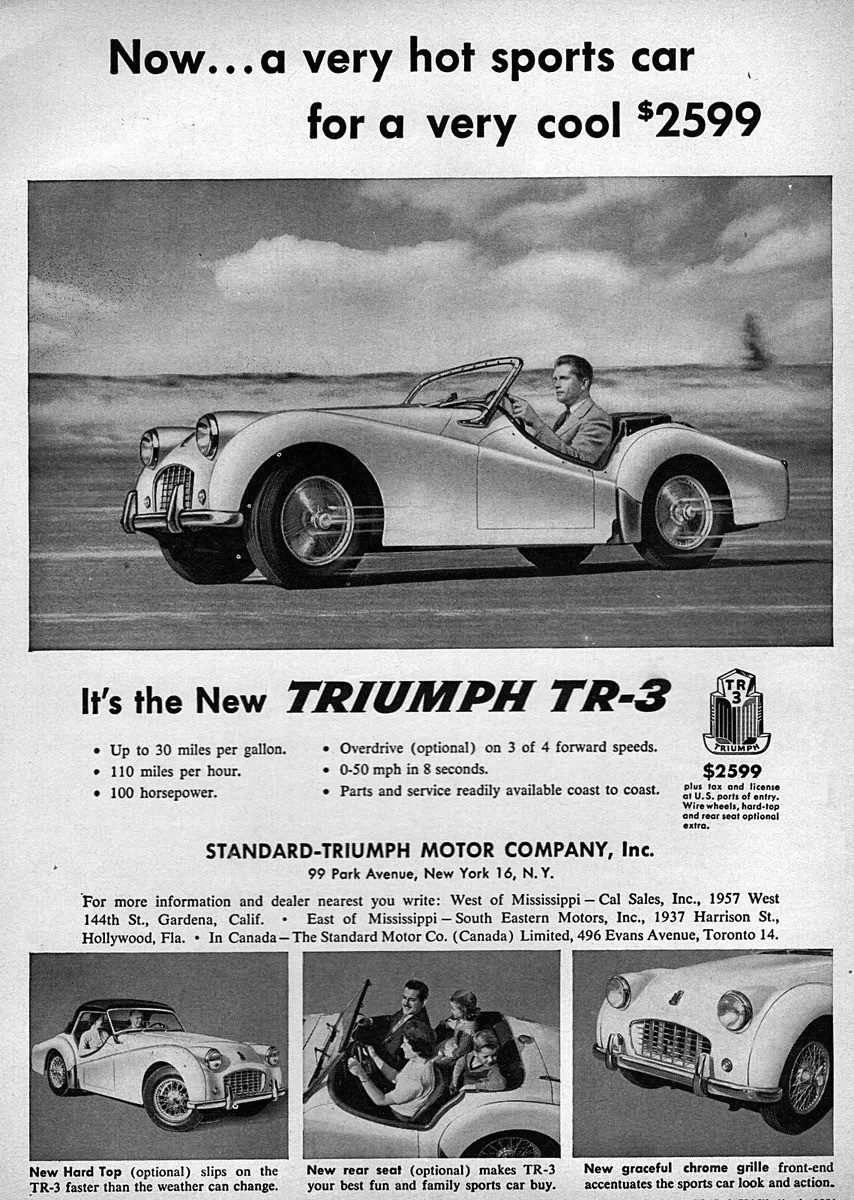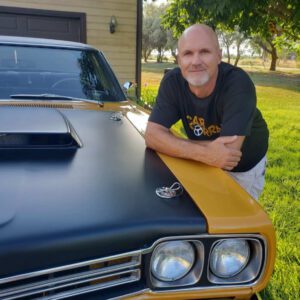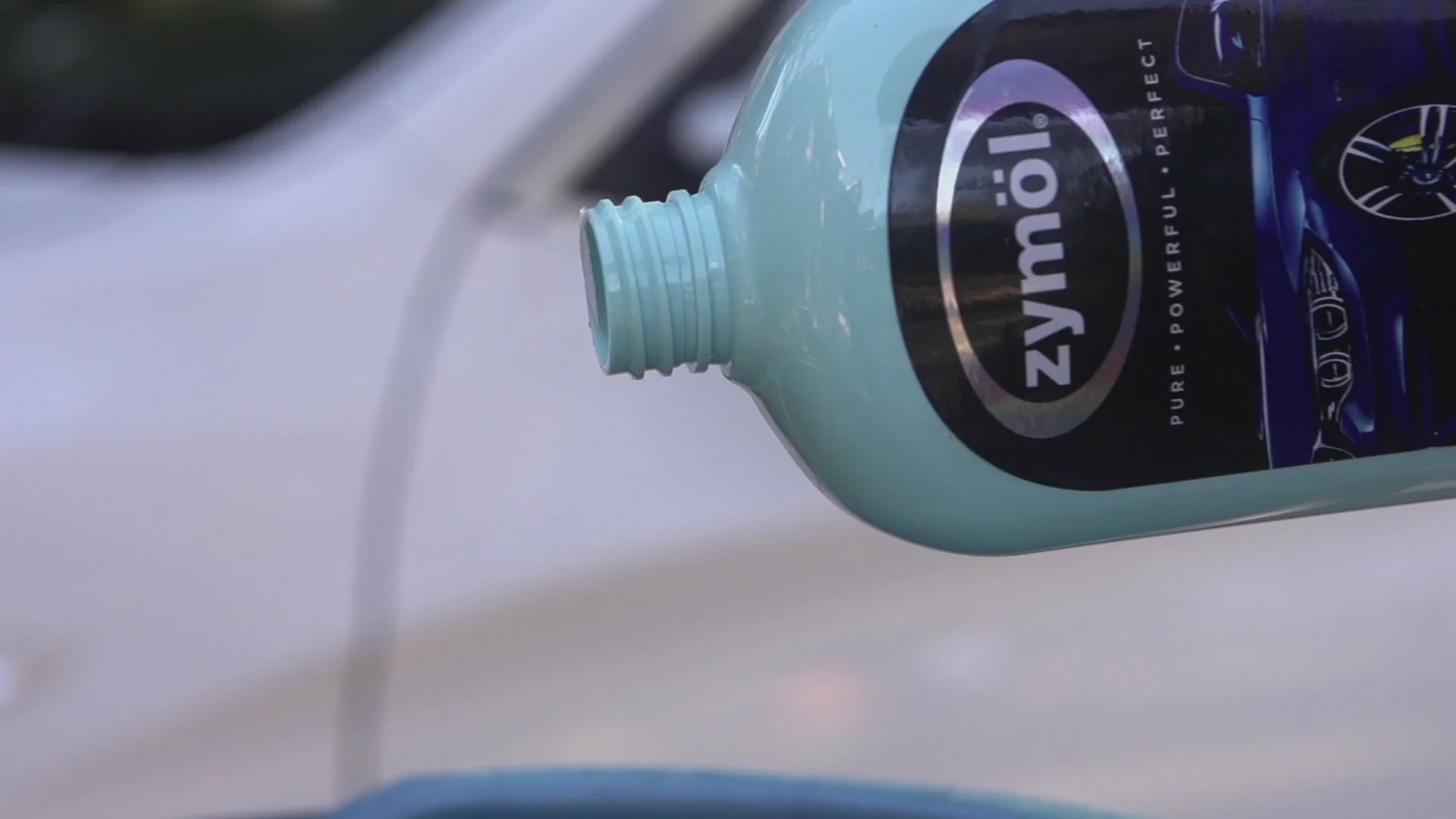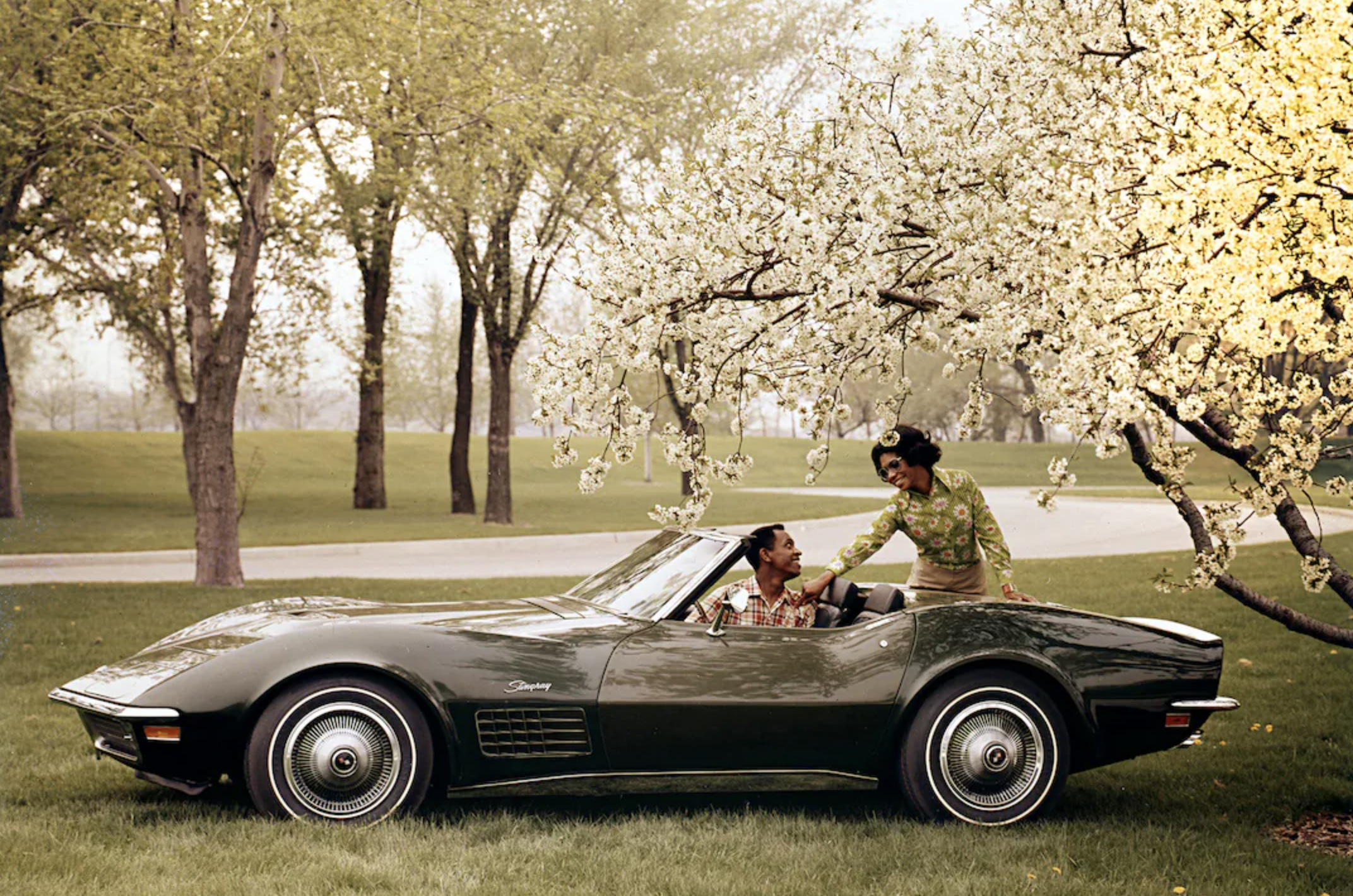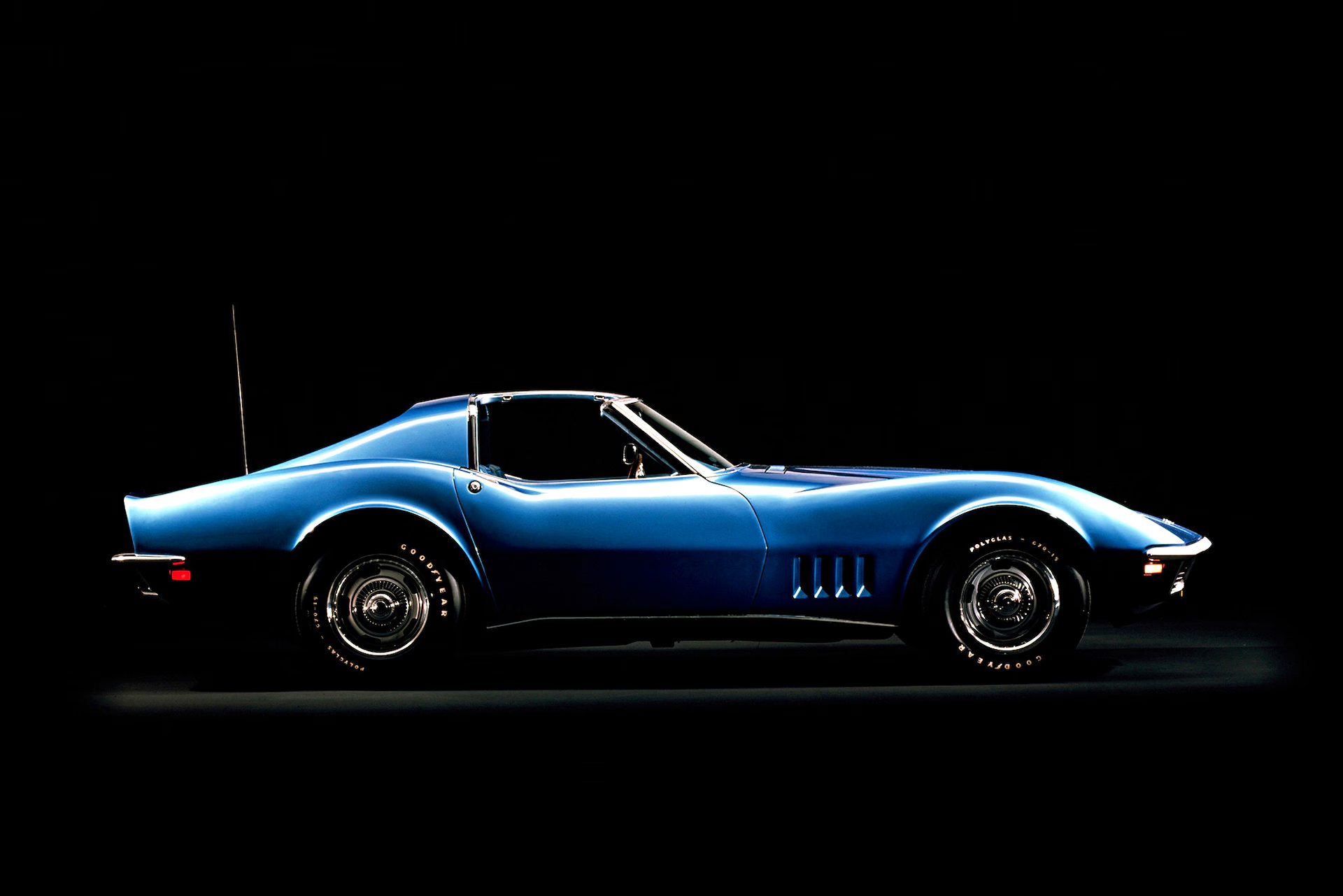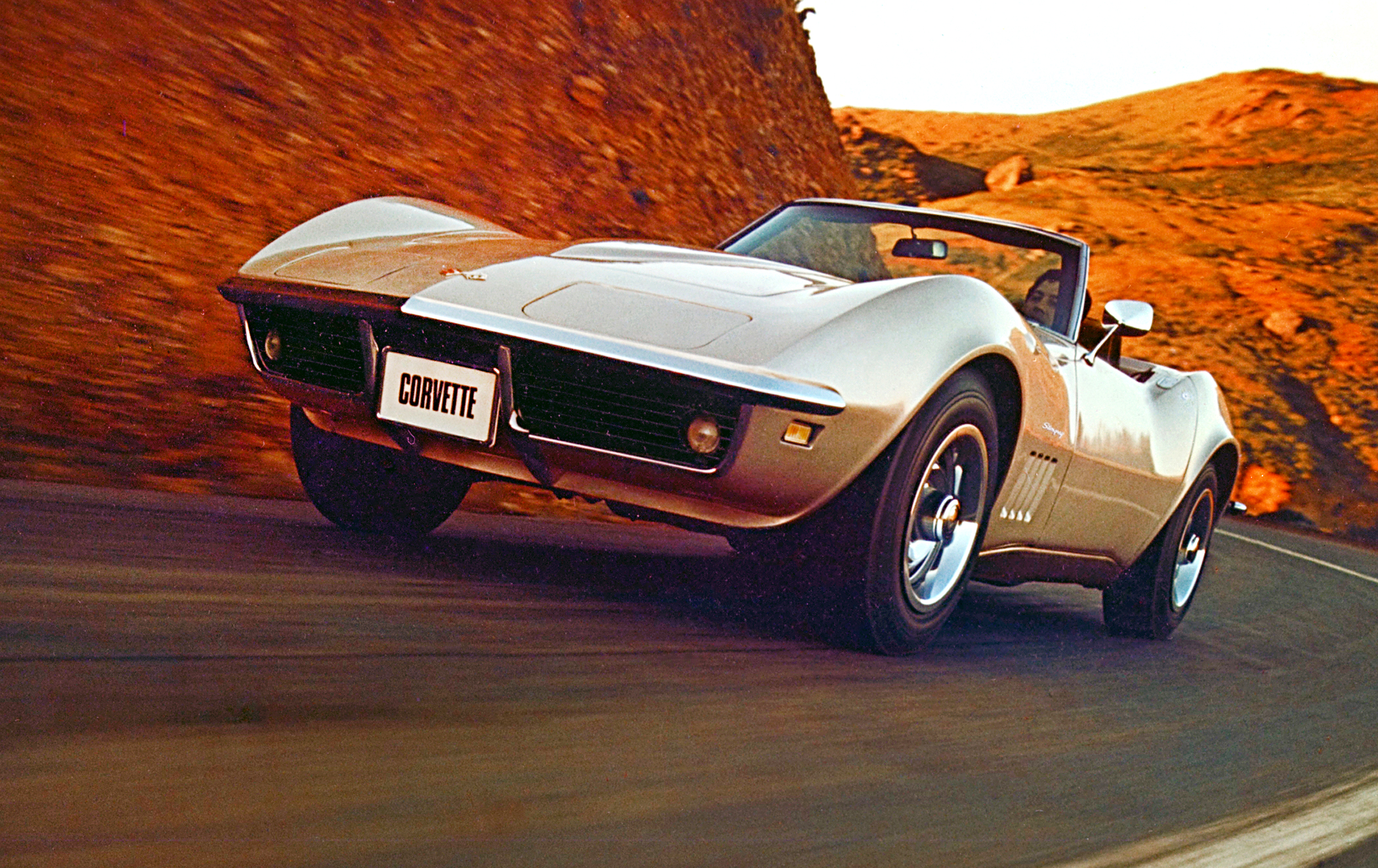The Nissan Skyline GT-R
Arguably, the beginning of the Nissan GT-R can be traced to 1957, when the Prince Motor Company, which would merge with Nissan in 1966, introduced the ALSI-1 luxury-performance sedan. Shinichiro Sakurai would have a heavy hand in the design and chassis engineering of the Prince Skyline, and he would remain with Nissan through his death in 2011. For all those years, he was a constant advisor on the Skyline and subsequent GT-Rs that followed. Needless to say, the Skyline and GT-R names are historically important for Nissan, Japan, and motorsports in general. The current GT-R that’s been on the market since 2007 has little to do with the original variants, but at the same time, has much to do with them. Buying one has become infinitely easier, thanks to their importation to the United States, whereas previous models were not. This all began with former Nissan CEO Carlos Ghosn, who launched the Nissan Revival Plan, which entailed introducing a number of changes in order to save the company from becoming extinct. Radical indeed, one part of the plan was to introduce an international halo car which would not only attract public interest, but point to accomplishments the company has achieved in decades past. This, of course, was the beginning of the modern-era GT-R.
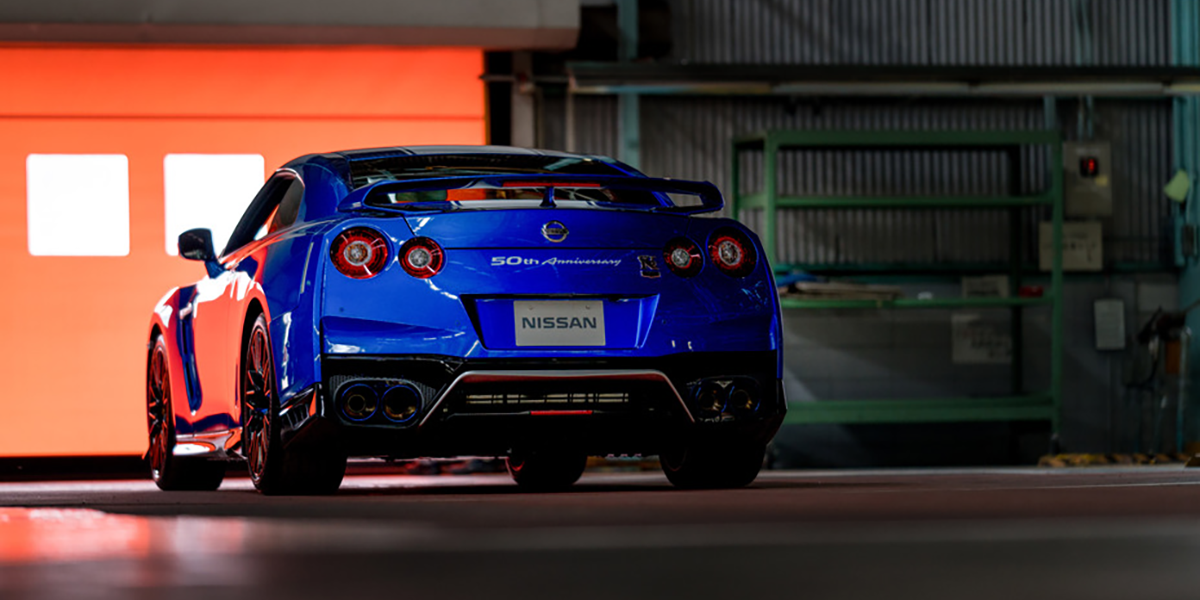
The All-New GT-R
After several years of developing and testing, the production version of the Nissan GT-R debuted at the 2007 Tokyo Motor Show. One of its verifications as a true performance leader was a video which showed the GT-R lapping the Nurburgring racetrack in 7:38.54, beating the Porsche 911 Turbo’s time of 7:40 minutes. This was excellent indeed as the 911 Turbo was Nissan’s benchmark as the company aimed to slot the car in competition with the 911 Turbo, Ferrari F430, Corvettes ZR1 and Z06, and Lamborghini Gallardo. By beating the 911 Turbo at the Nurburgring, it indeed had established itself as a competitor in the field. At that 2007 launch, Nissan received more than 3,000 orders from Japanese customers.
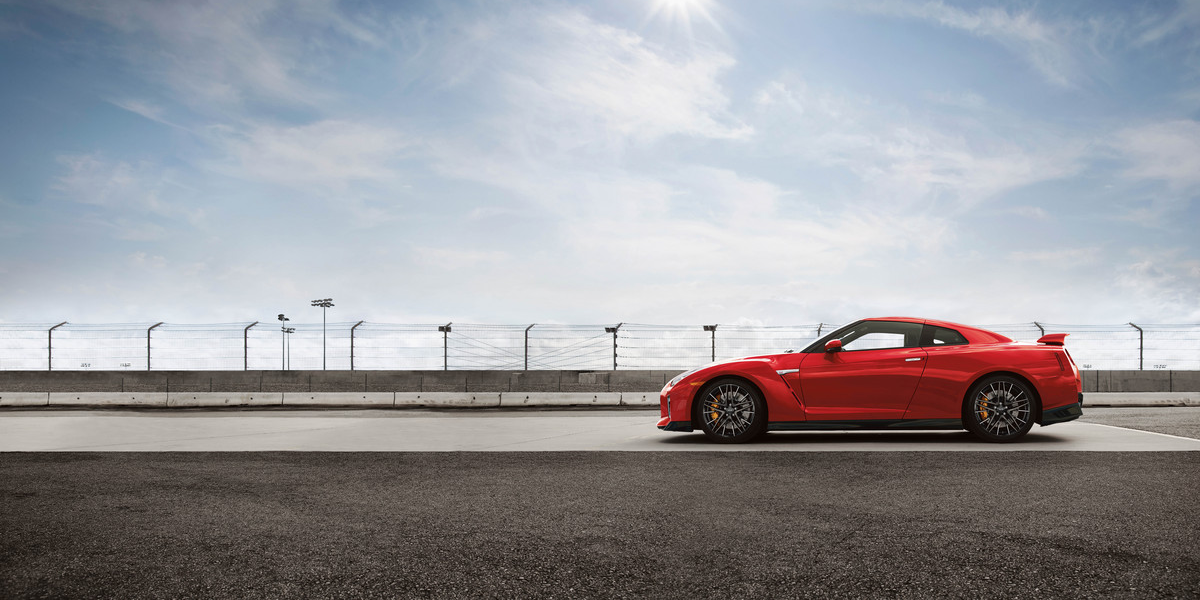
The GT-R would absolutely floor the press and public with exceptional performance, outstanding build quality, and a price point that put it easily competitive with the top dog Corvettes and Porsche 911 Turbo. But, there were initial calls for improvement, and Nissan tended to them quickly with various improvements and updates for the 2010 model year. Some of these were a power increase to 478 HP, retuned suspension, standard front seat and side curtain airbags, and a reprogrammed launch control system. Again, in 2011, the GT-R would be improved with a restyled body, and another power increase to 523 HP, larger front brake rotors, lighter and stiffer wheels, stiffer springs, dampers, and sway bars, and a stiffer front strut bar made of a carbon composite material. Again, Nissan would improve the GT-R for 2012, 2014, 2016, 2019, and 2023 after taking some time off between 2021 and 2022 in the North American market. In June of 2024, Nissan announced that it would end North American market production of the GT-R in October with two exclusive models, the GT-R T-spec Takumi and Skyline wrapping up the run.
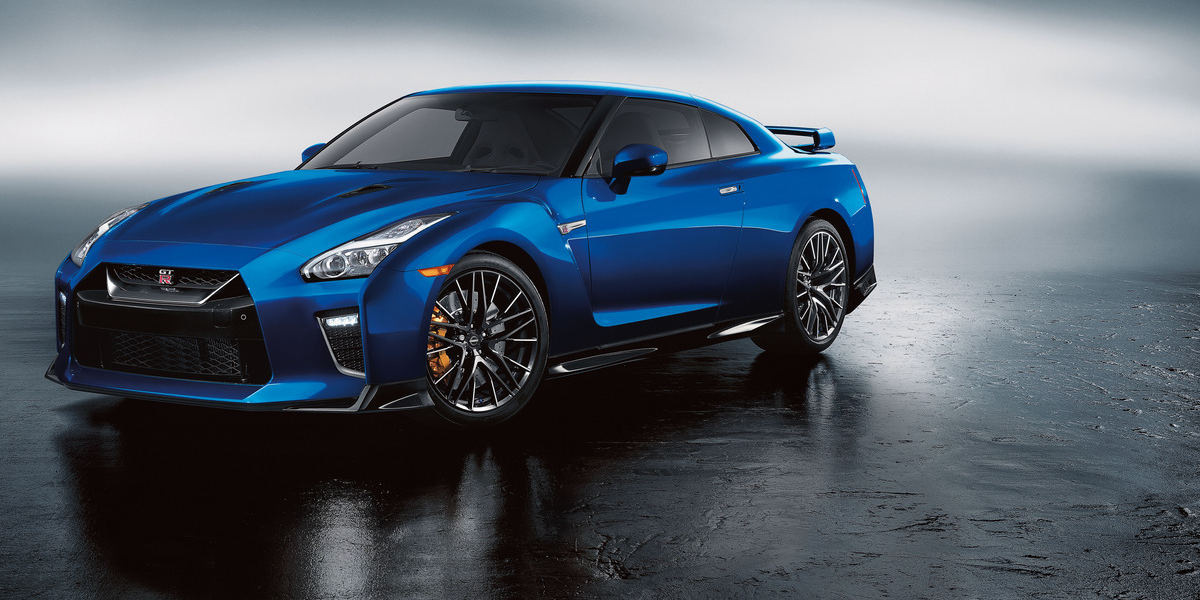
How Fast is the Nissan GT-R?
The GT-R proved to be one of the quickest and fastest cars on the market. Initially proving faster around the Nurburgring than the Porsche 911 Turbo, the GT-R was tested by the press as having 0-60 times of 3.3 seconds, ¼-mile times of 11.6 seconds, and top speeds of 196 MPH. Later variants would turn in times as low as 2.7 seconds to 60 MPH, 10.7 seconds to finish a ¼-mile run, and top speeds of 204 MPH. And that’s just straight-line acceleration. Keep in mind, the GT-R turned in a lap time of 7:18.6 minutes at the Nurburgring in 2004, which was hugely respectable for the year.
Which GT-R is the Best?
It’s doubtful anyone would be disappointed with any GT-R. They are poised, balanced, refined, comfortable, loaded with technology, blisteringly quick, abhorrently fast, highly exclusive, and can be driven daily if need be. All that said, what’s not to love about the Nissan GT-R?
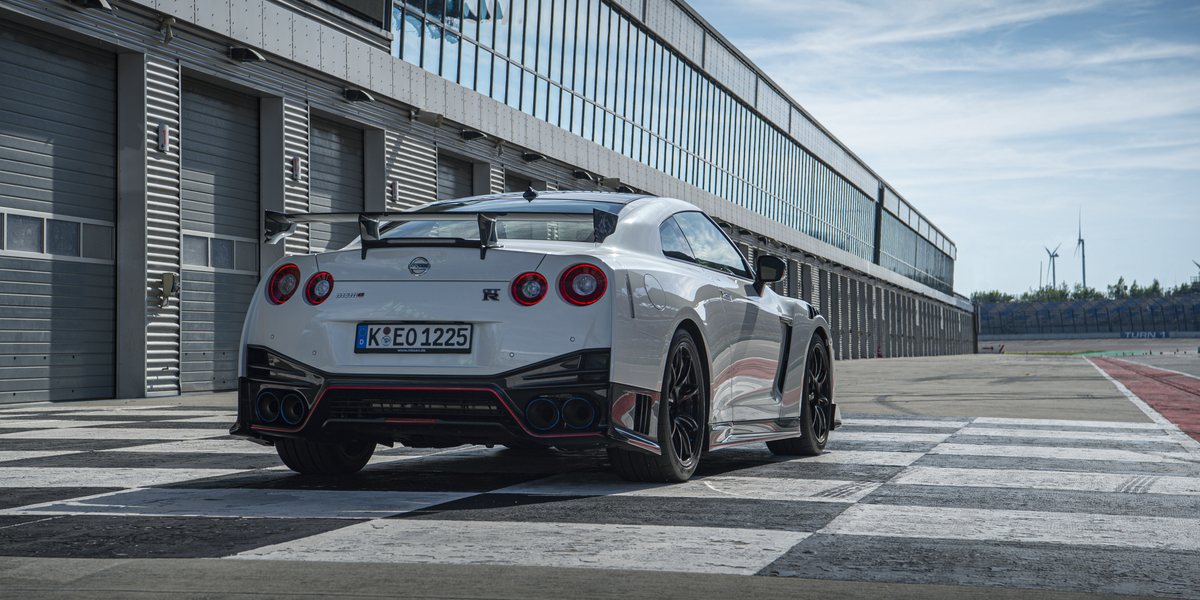
Our advice is to stick with those that are unmodified and have been well cared for, but also perhaps paying attention to the special edition models. These will generally be lower production cars, rarity that may spell a more solid investment later on. These cars offer all the performance and pizzazz of a ‘regular’ GT-R, but with a higher level of exclusivity. These include the GT-R Black Edition, the GT-R Track Edition, GT-R Nismo, GT-R T-spec, SpecV, Midnight Opal SE, GT-R50, 45th Anniversary Gold Edition, the Naomi Osaka Edition, the Nismo SE, the 50th Anniversary, and the Egotist, all of which offer their own unique flavors of exclusivity and design, but most importantly, a level of exclusivity above the average GT-R. It’s these cars that we feel should be most sought after for their rarity alone – special editions normally command slightly higher premiums and returns on investment.
